There are two kinds of pigeon poses. One legged and two-legged pigeon poses and both one-legged and two-legged pigeon poses call for a profound backbend in the Ashtanga Vinyasa style.
Yin yoga also includes a supported variation of the one-legged pose called Swan, which is called Eka Pada Kapotasana. The Sleeping Swan is a frequent variant of it.
The pigeon pose is clearly a common and beloved photo stance. Concurrently, maybe as a result of its immense popularity, it is an asana that is frequently misunderstood and overlooked. India Yoga School can help you learn Eka Pada Kapotasana the right way, even if you’re just starting out.
Why should you do the pigeon pose?
The pigeon pose has practical uses beyond its aesthetic value. When you sit for lengthy periods of time or slouch, your muscles tighten up and restrict your range of motion. This asana can help alleviate this problem.
Many people have tightness in the muscles surrounding the pelvis as a result of our modern, frequently sedentary lifestyles. Not only does this stiffness and immobility frequently lead to widespread back pain, but it can also aggravate sciatic nerve problems. Actually, this pelvic rigidity has systemic effects that extend beyond the immediate area to influence breathing and the neurological system.
Benefits of Pigeon Pose
Pigeon Pose is a great Hip Opening Asana
Pigeon pose employs the groin and deep lateral rotators to open the hips.
The word “hip-opening” is used frequently in yoga to describe the act of stretching the muscles that surround the pelvis. When we talk about expanding the hips, what we normally imply is that the upper legs should be able to rotate more freely in an exterior direction. As the front leg is brought into an external rotation and abduction, these muscles are worked. Overly parallel and underabducted front legs are a typical pigeon pose error. Then we would be sacrificing one of the primary advantages of the position. A lack of extension in the adductor muscles and the deep lateral rotators (such as the piriformis) beneath the glutes occurs when the front leg is excessively parallel.
Read more: What Is Prana? Definition of Prana and the 5 Vital Energies
It helps Leg muscles gain mobility and flexibility
Hip flexors, which are located at the front of the pelvis, play a significant role in both our mobility and pelvis-alignment. When our hip flexors are too short, our pelvis tilts forward, which puts strain on our spine and other joints. The iliopsoas and rectus femoris tighten and shorten as a result of sitting for lengthy periods of time or engaging in activities like running and cycling. Pigeon Pose is great for strengthening these areas since it requires us to bend one knee and lower our pelvis to the floor.
Pigeon Pose Helps Enhance Your Posture
By maintaining an erect spine and releasing tension in the front of the body, the pigeon pose is a great way to stretch and relax. This is an excellent posture for strengthening the whole spine, from the base of the skull all the way up to the chest.
Relax your lower back and ease any tightness with the pigeon pose.
The pigeon pose is great for re-establishing a healthy bend in the back and stretching the hip flexors. Not only does it engage the core, but it also improves mobility in the front of the body and lightly engages the muscles in the lower back. When you add it all up, the pigeon pose is one of the best asanas for easing back discomfort.
Yoga for lower back pain can help if you have chronic back pain
To prevent knee injuries in more advanced yoga poses, try the one-legged pigeon pose.
Yoga practitioners often experience knee pain as a result of trying to compensate for limited hip mobility. People with tight adductors and/or external rotators commonly let their knees collapse inward in standing poses like the warrior pose, which can be observed in this way. We run the risk of knee injuries when our knees bend inward too much. You are better able to maintain healthy knee alignment with wider hips. When the hips are tight, the femur cannot fully rotate in the hip socket, which puts extra strain on the knees and increases the risk of injury. By doing the pigeon pose, you can prevent knee and hip injuries to a great extent.
Conclusion
While the pigeon pose might seem easy to do at home all by yourself, the truth is far from it. Beginners might hurt their neck, back and knee ligaments while doing pigeon pose, so it is always best to get guidance from yoga experts. Those who want to learn pigeon yoga poses can contact our experts for pigeon pose classes.


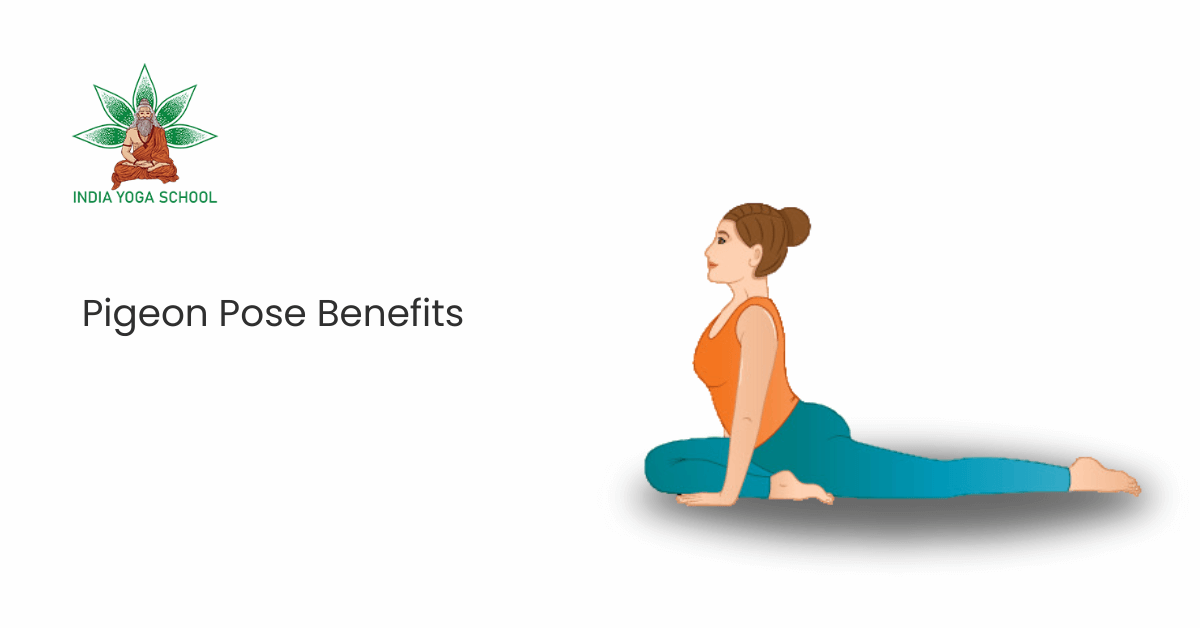
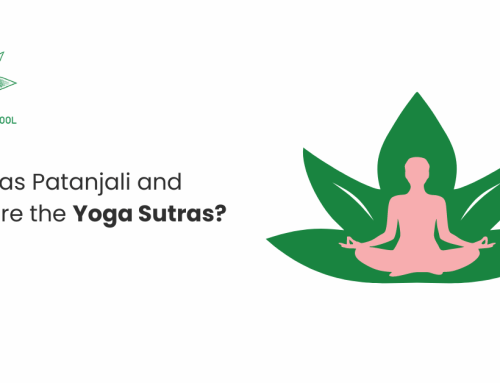
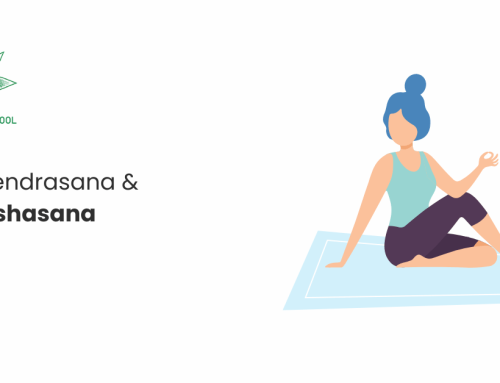
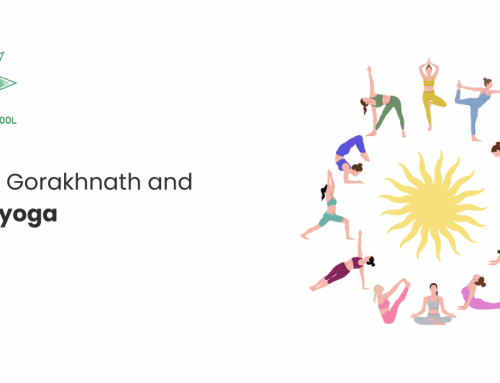
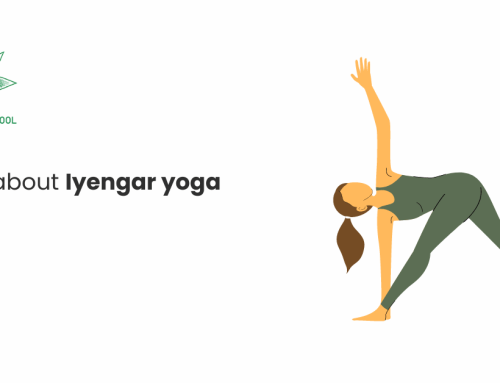
Leave A Comment